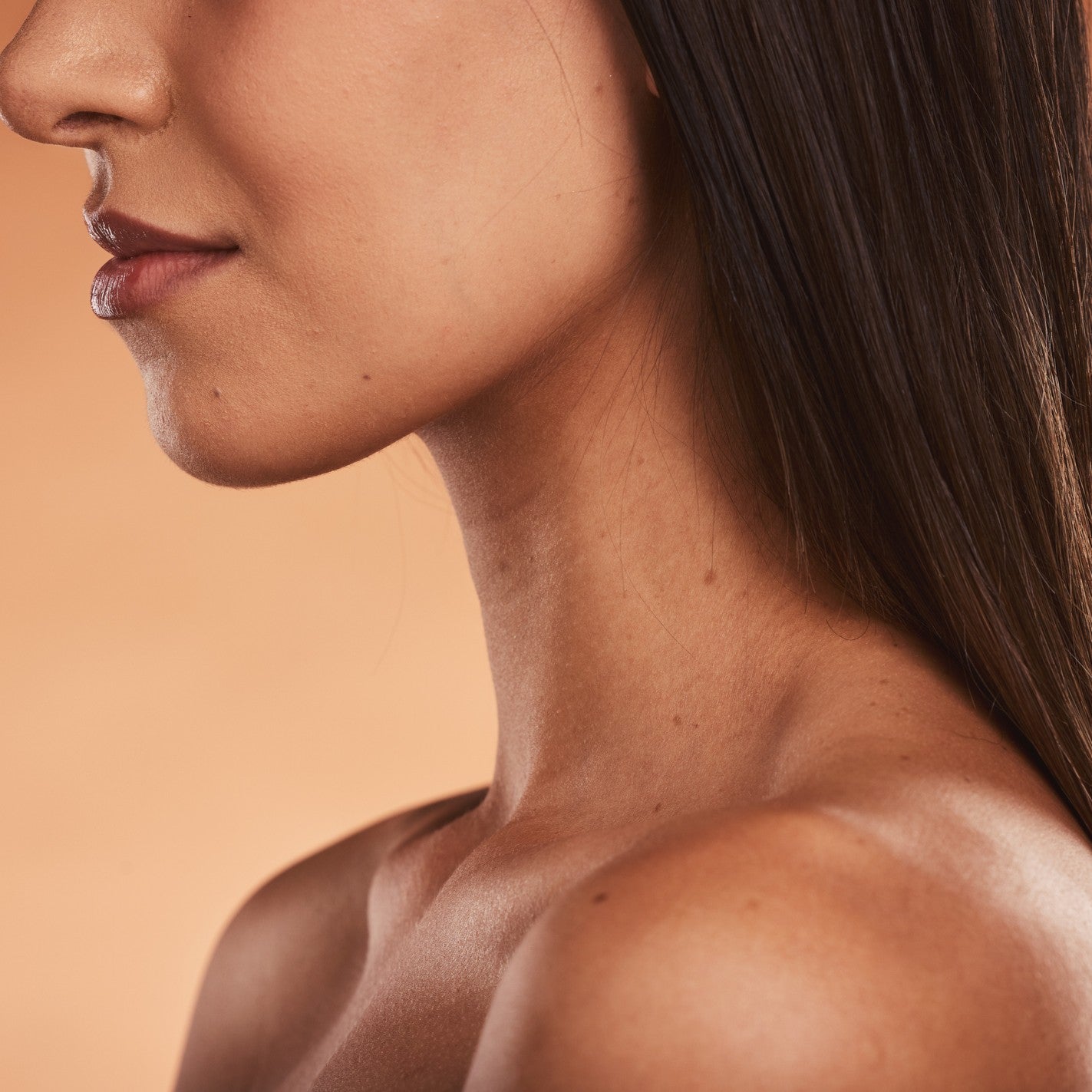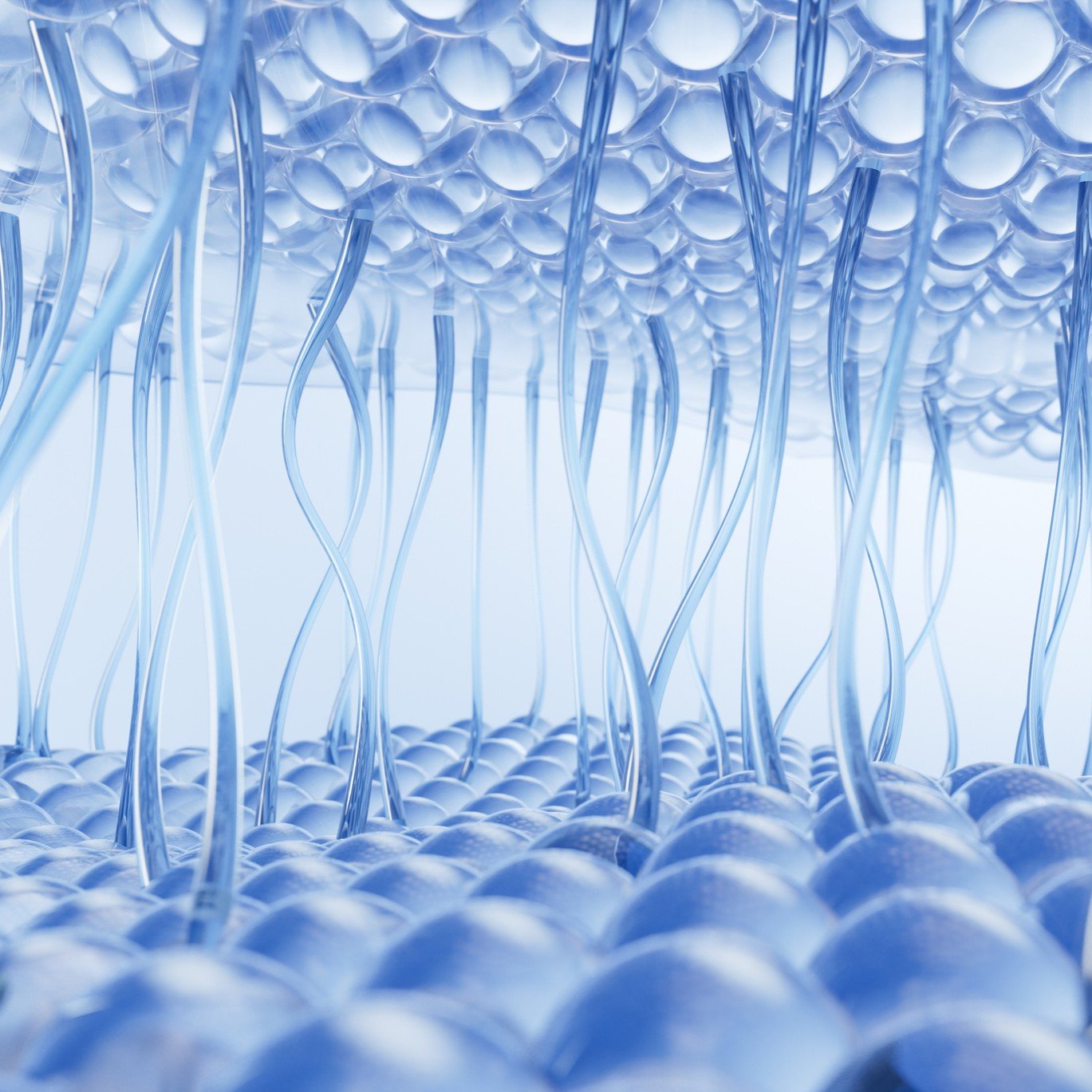Skin Structure & Functions - Skincare Basics

Most people have already heard that skin is the human body’s largest organ, but have you ever wondered about how skin works?
The first in our new Skincare Basics series, this article is a deep dive into the structure and function of skin, to help you understand what your skin needs and how to care for it.
How is skin structured?

Photo credit: About Time / Getty Images
Your skin is divided into three basic layers: the epidermis, dermis, and hypodermis.
The epidermis is the outer layer including the skin you can see, with pores, hairs, etc. Its role is to protect your body, produce new skin cells, and contains melanin, which determines skin’s color. It also functions to keep skin hydrated by functioning as a natural barrier to water loss.

Photo Credit: ttsz / Getty Images
The epidermis itself is divided into 5 layers or strata:
- Stratum Corneum - The visible layer of skin, made up of keratinocytes and fats that prevent water from entering or leaving the body.
- Stratum Lucidum & Stratum Granulosum - 2 thin layers of skin cells beneath the surface
- Stratum Spinosum - the fourth layer, comprised of skin cells and proteins that hold the cells together and enable flexibility in skin.
- Stratum Basale - The deepest layer of the Epidermis, this is where keratinocytes produce keratin proteins that grow hair, nails, and new skin cells for the outer layers. This deepest layer is also where melanin, which determines skin’s color, is found.
The dermis is the middle, thickest layer of your skin. It contains nerve endings, sweat and oil glands, and hair follicles. This layer is also where collagen, elastin, and fibroblasts form a supportive structure for your skin.
It is divided into two layers of its own:
- Papillary Dermis - the thin top layer of the dermis, which contains blood vessels, touch receptors, collagen fibers, fat cells, and more.
- Reticular Dermis - Bound tightly below the papillary dermis, this deeper layer is thicker and filled with blood vessels, glands, hair follicles, etc. Importantly, this is where a network of elastin and collagen fibers form the skin’s structure, providing strength and elasticity.
The deepest layer of your skin, the hypodermis, also called subcutaneous tissue produces fat cells that can insulate the body and store energy.
Its other primary function is to connect skin to muscles and bones, and providing a buffer around organs, and preventing the skin from rubbing against everything beneath it.
Read more about the epidermis, dermis, and hypodermis at The Cleveland Clinic.
Function and Health
Your skin has several important functions, including:
- Protecting the body from the sun, germs, and other environmental hazards
- Regulating body temperature through sweat and fat storage
- Providing sensory feedback from touch and pain
- Producing hair
- Providing cushioning and connective tissue for bones and muscles
When we are born, our skin has everything it needs to be healthy and function properly (except for sunscreen, which everyone should wear every day).
A youthful dermis is full of collagen, elastin, and hyaluronic acid that keep skin strong, flexible, and well hydrated, contributing to a smooth, plump, and healthy appearance.

Photo Credit: Rujirat Boonyong / Getty Images
As we age, our skin naturally loses its supply of hyaluronic acid, and our collagen and elastin fibers weaken and break. That weakens skin’s underlying structure, leading to the visible signs of aging like wrinkles, sagging skin, and crepiness.
This is why so many anti-aging skincare products contain ingredients to resupply or restimulate natural production of elastin, collagen, and hyaluronic acid: if you can maintain or repair your skin’s natural structure, skin will remain healthy and more youthful for longer.
For more information on elastin, collagen, hyaluronic acid, and the best products to help replenish your skin’s supply of them as you age, click the links below to be taken to the Skincare Basics article for each.




Comments